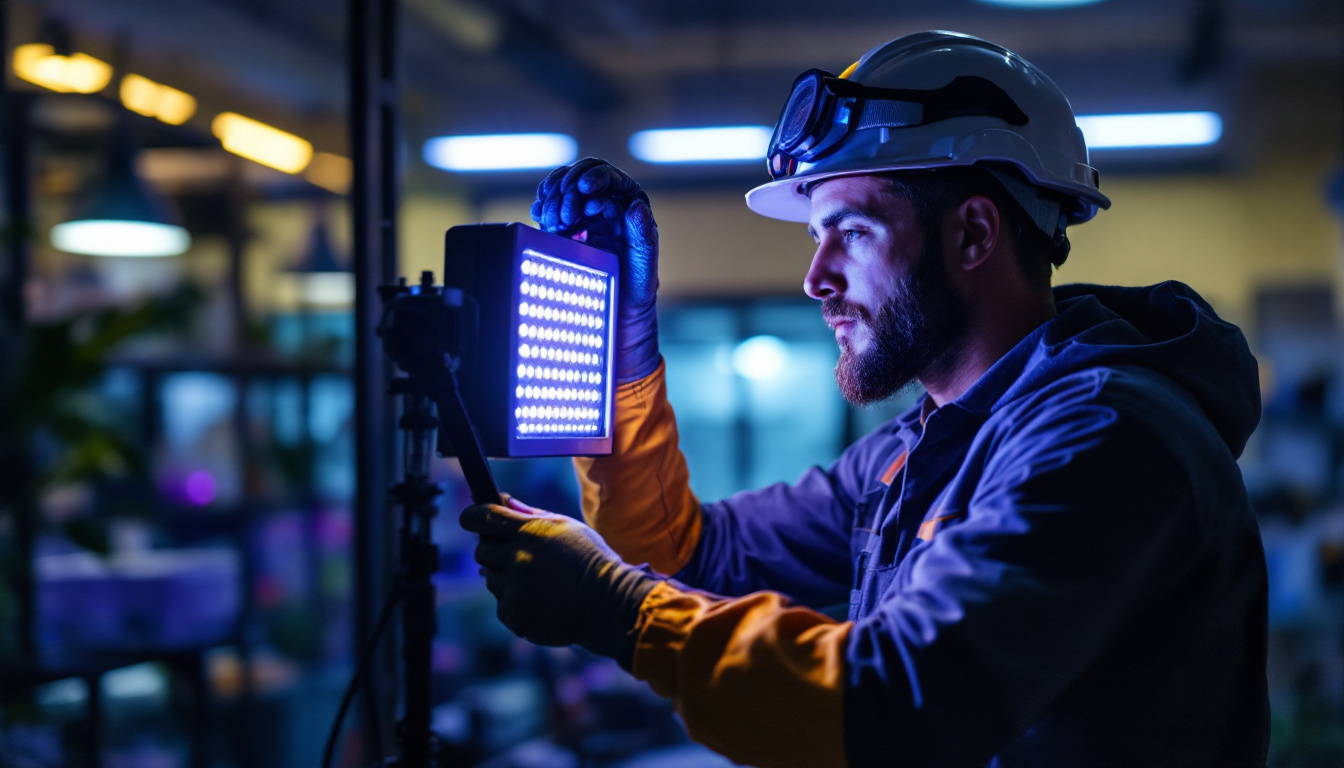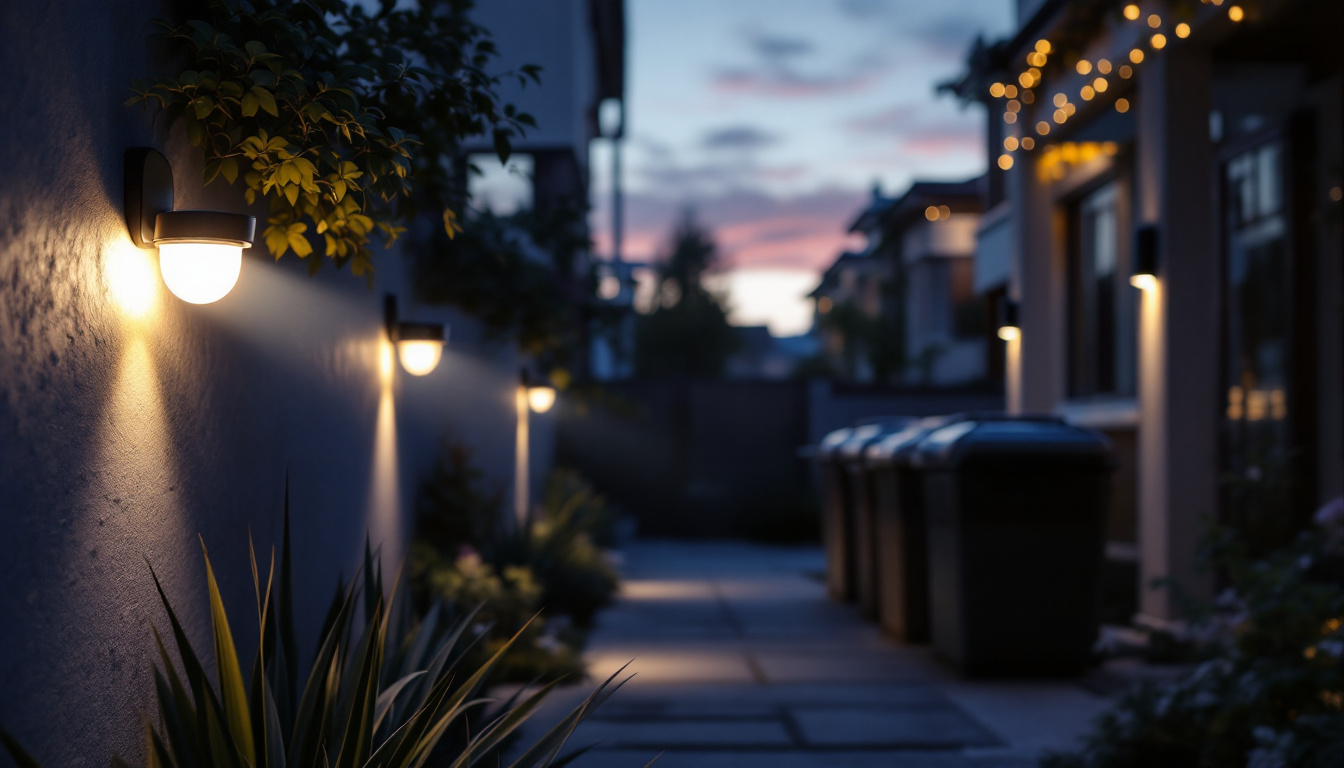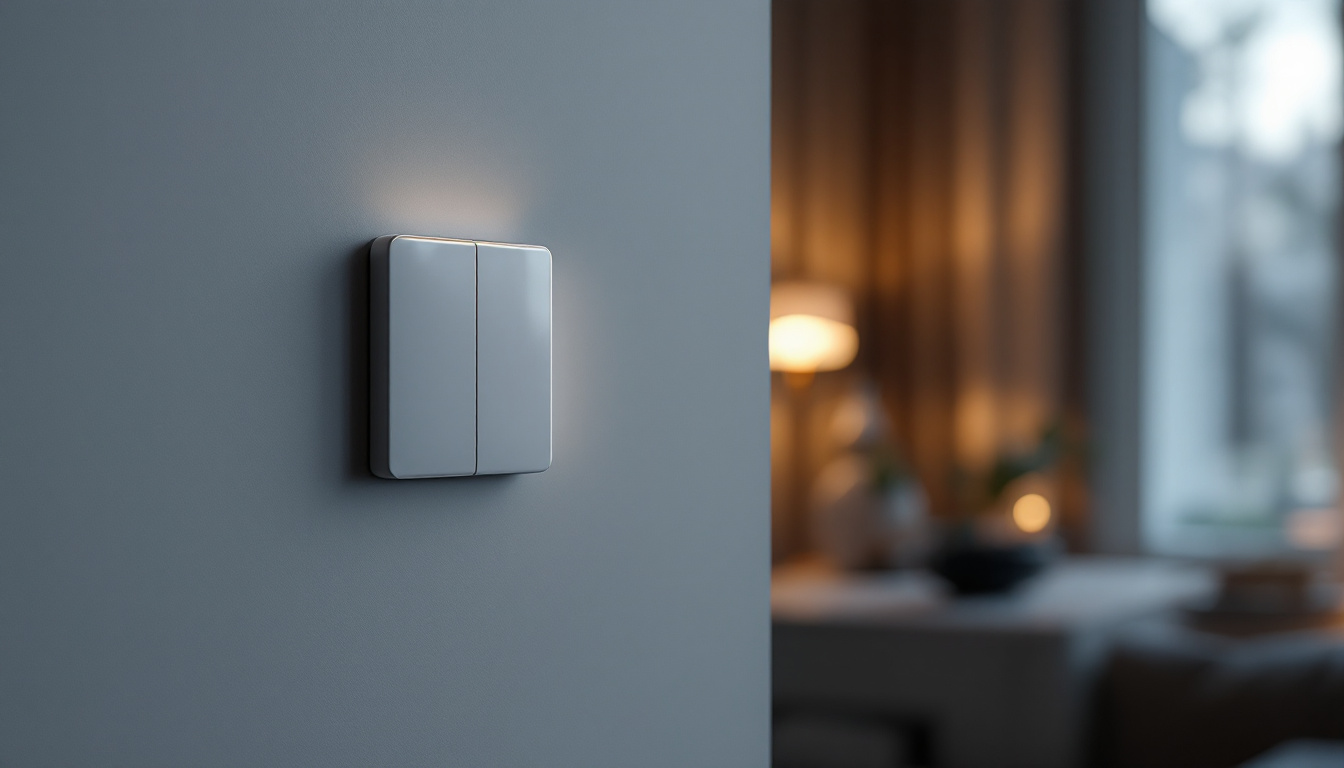
As the demand for innovative lighting solutions continues to grow, ultraviolet (UV) light lamps have emerged as a significant tool in various applications. For lighting contractors, understanding the intricacies of UV lamps is essential to meet client needs and stay ahead in a competitive market. This guide will explore the types, applications, benefits, and safety considerations associated with UV light lamps, providing contractors with the knowledge they need to make informed decisions.
Ultraviolet light is a form of electromagnetic radiation that exists beyond the visible spectrum. It is categorized into three main types: UVA, UVB, and UVC. Each type has distinct properties and applications, making it crucial for lighting contractors to understand their differences.
UVA rays have the longest wavelength and are commonly used in various applications, including curing processes and tanning beds. UVB rays, while less prevalent, are known for their role in vitamin D synthesis and can also be utilized for sterilization purposes. UVC rays, on the other hand, are the most effective for disinfection and are often employed in water treatment and air purification systems.
The versatility of UV light allows it to be used in a range of industries, from healthcare to agriculture. In the healthcare sector, UVC lamps are increasingly used to disinfect surfaces and air in hospitals, helping to reduce the spread of infections. In agriculture, UV light can be utilized to control pests and diseases, promoting healthier crop growth. Additionally, UV light plays a vital role in the production of certain materials, such as plastics and inks, where UV curing technology is employed to harden substances quickly and efficiently, enhancing production speed and quality.
Beyond these applications, UV light is also making strides in the field of environmental science. Researchers are exploring its potential in breaking down pollutants in water bodies, as UVC rays can effectively degrade harmful compounds, thus contributing to cleaner water sources. Moreover, the use of UV light in air purification systems is gaining traction, particularly in urban areas where air quality is a significant concern. By employing UVC technology, these systems can effectively neutralize airborne pathogens and allergens, creating healthier indoor environments. The ongoing advancements in UV technology continue to reveal new possibilities, making it an exciting area of study and application across various sectors.
Incorporating UV light lamps into projects offers numerous advantages. Understanding these benefits can help lighting contractors communicate effectively with clients about the value of UV technology.
One of the primary benefits of UVC lamps is their ability to kill bacteria, viruses, and other pathogens. This makes them an invaluable tool in environments where hygiene is paramount, such as hospitals, laboratories, and food processing facilities. By implementing UV disinfection systems, contractors can help clients achieve higher sanitation standards. Furthermore, recent studies have shown that UVC light can effectively inactivate airborne viruses, making it a crucial component in improving indoor air quality. This is particularly relevant in the wake of global health crises, where the demand for effective disinfection solutions has surged, providing contractors with a timely opportunity to educate clients on the importance of UV technology in safeguarding public health.
UV lamps are generally more energy-efficient than traditional lighting solutions. They require less power to operate, which can lead to significant cost savings over time. Additionally, many UV lamps have a longer lifespan compared to conventional bulbs, reducing the frequency of replacements and associated maintenance costs. This efficiency not only benefits the client’s budget but also contributes to a lower carbon footprint, aligning with sustainability goals that many organizations are striving to achieve. As businesses increasingly prioritize eco-friendly practices, promoting UV technology can position contractors as forward-thinking partners in creating greener environments. Moreover, the reduced heat output from UV lamps means less strain on cooling systems, further enhancing overall energy savings in commercial settings.
Selecting the appropriate UV lamp for a specific application is crucial for achieving optimal results. Contractors must consider various factors, including the type of UV light required, the intended use, and the environment in which the lamp will be installed.
There are several types of UV lamps available on the market, each designed for specific applications. Mercury vapor lamps are common for large-scale disinfection projects, while low-pressure mercury lamps are often used in smaller systems. Additionally, LED UV lamps are gaining popularity due to their energy efficiency and longevity. These newer technologies not only reduce energy consumption but also minimize heat output, making them safer and more versatile for various applications.
When selecting a UV lamp, it is essential to consider the specific requirements of the application. For instance, in water treatment facilities, UVC lamps must be capable of delivering a specific intensity to ensure effective disinfection. In contrast, UV lamps used for curing applications may require different wavelengths and intensities to achieve desired results. Furthermore, the installation environment plays a critical role; for example, lamps used in outdoor settings must be durable and resistant to weather conditions, while those in indoor settings may need to be designed for minimal UV leakage to protect nearby personnel.
Another important factor to keep in mind is the maintenance and replacement cycle of the UV lamps. Some lamps, especially traditional mercury vapor types, may require more frequent replacements due to their shorter lifespan compared to LED options. Regular maintenance not only ensures optimal performance but also helps in adhering to safety regulations, particularly in commercial settings where health standards are paramount. Additionally, understanding the specific spectral output of the UV lamp can guide users in selecting the right model for their needs, as different applications may benefit from varying wavelengths for maximum efficacy.
Proper installation of UV light lamps is critical to ensure their effectiveness and safety. Lighting contractors must follow specific guidelines to maximize performance and minimize risks.
The placement and orientation of UV lamps can significantly impact their performance. For disinfection applications, lamps should be positioned to maximize exposure to surfaces or air. In curing applications, the distance between the lamp and the material being cured must be carefully considered to achieve optimal results.
When installing UV lamps, it is vital to adhere to electrical safety standards. Contractors should ensure that the electrical supply is compatible with the lamp specifications and that all wiring is properly insulated. Additionally, using appropriate circuit breakers and fuses can prevent electrical hazards.
While UV lamps offer many benefits, they also pose certain risks that contractors must address. Understanding safety measures is essential to protect both workers and clients.
When working with UV lamps, it is crucial to wear appropriate protective gear. This includes UV-blocking goggles, gloves, and protective clothing to minimize exposure to harmful UV radiation. Contractors should ensure that all personnel involved in the installation and maintenance of UV systems are adequately trained in safety protocols.
Installing warning signage in areas where UV lamps are used can help alert individuals to potential hazards. Clear signage should indicate the presence of UV light and advise on necessary precautions. This is particularly important in public spaces and facilities where non-trained personnel may be present.
Regular maintenance of UV light systems is essential to ensure their continued effectiveness and longevity. Contractors should establish a routine maintenance schedule and be prepared to troubleshoot common issues that may arise.
Routine maintenance tasks include cleaning the lamps and inspecting electrical connections. Dust and debris can accumulate on UV lamps, reducing their effectiveness. Regular cleaning ensures that the lamps operate at peak performance. Additionally, checking for any signs of wear or damage in electrical components can help prevent potential failures.
Contractors should be familiar with common issues that may arise with UV lamps, such as flickering or reduced output. These problems can often be traced back to electrical issues, dirty lamps, or faulty ballasts. Identifying and addressing these issues promptly can prevent further complications and ensure the system operates efficiently.
Lighting contractors must be aware of the regulatory standards governing the use of UV lamps in various applications. Compliance with these regulations is essential to avoid legal issues and ensure the safety of all users.
Different regions may have specific regulations regarding the use of UV light for disinfection and other applications. Contractors should familiarize themselves with local laws and guidelines to ensure compliance. This may involve obtaining necessary permits or certifications before installing UV systems.
In addition to local regulations, industry standards set by organizations such as the American National Standards Institute (ANSI) and the International Electrotechnical Commission (IEC) provide guidelines for the safe use of UV lamps. Adhering to these standards is crucial for maintaining safety and effectiveness in UV applications.
The field of UV lighting is continually evolving, with new technologies and applications emerging regularly. Staying informed about these trends can help lighting contractors remain competitive and offer cutting-edge solutions to clients.
Recent advancements in UV technology, particularly in LED UV lamps, have led to more energy-efficient and longer-lasting solutions. These innovations not only reduce energy consumption but also enhance the versatility of UV applications across various industries.
The increasing awareness of hygiene and sanitation has sparked a growing demand for UV disinfection solutions. As businesses and institutions seek to enhance their cleaning protocols, contractors have an opportunity to provide UV systems that meet these needs. Understanding the latest developments in UV technology will be essential for contractors looking to capitalize on this trend.
Ultraviolet light lamps represent a significant opportunity for lighting contractors to expand their offerings and meet the evolving needs of clients. By understanding the various types of UV light, their applications, and the associated safety considerations, contractors can provide valuable solutions that enhance hygiene, energy efficiency, and overall performance. As the demand for UV technology continues to grow, staying informed about industry trends and advancements will be crucial for success in this dynamic field.
Ready to harness the power of ultraviolet light lamps and elevate your lighting projects? LumenWholesale is here to support you every step of the way. Our extensive selection of spec-grade UV lighting solutions is designed to meet the highest industry standards, ensuring you deliver reliable and high-performance lighting to your clients. With unbeatable wholesale prices and the convenience of free shipping on bulk orders, you can trust us to provide premium lighting without the premium price tag. Don’t let middleman markups dim your project’s potential. Choose LumenWholesale for quality, affordability, and convenience. Take the next step towards brighter solutions and Wholesale Lighting at the Best Value today.

Discover effective strategies for training your team in lighting with “Plug In With Switch.” This article delves into innovative techniques and tools to enhance your team’s skills, ensuring they are well-equipped to illuminate any project with expertise and creativity..

Illuminate your expertise with our comprehensive guide on flag lighting for contractors.

Discover the science behind outdoor motion detector lights and how they can enhance security and efficiency for lighting contractors.

Discover how push button light switches can revolutionize your lighting installation projects.